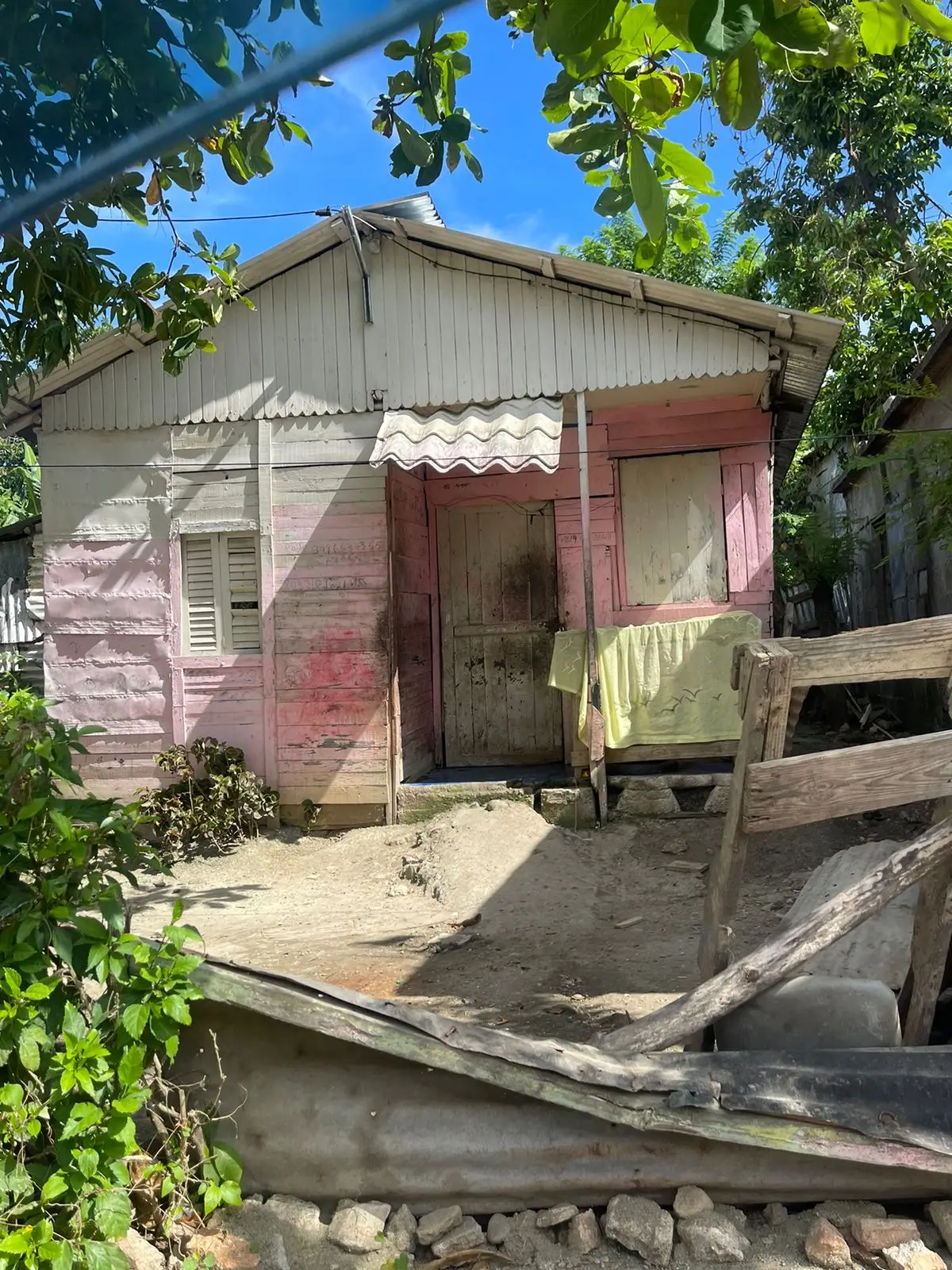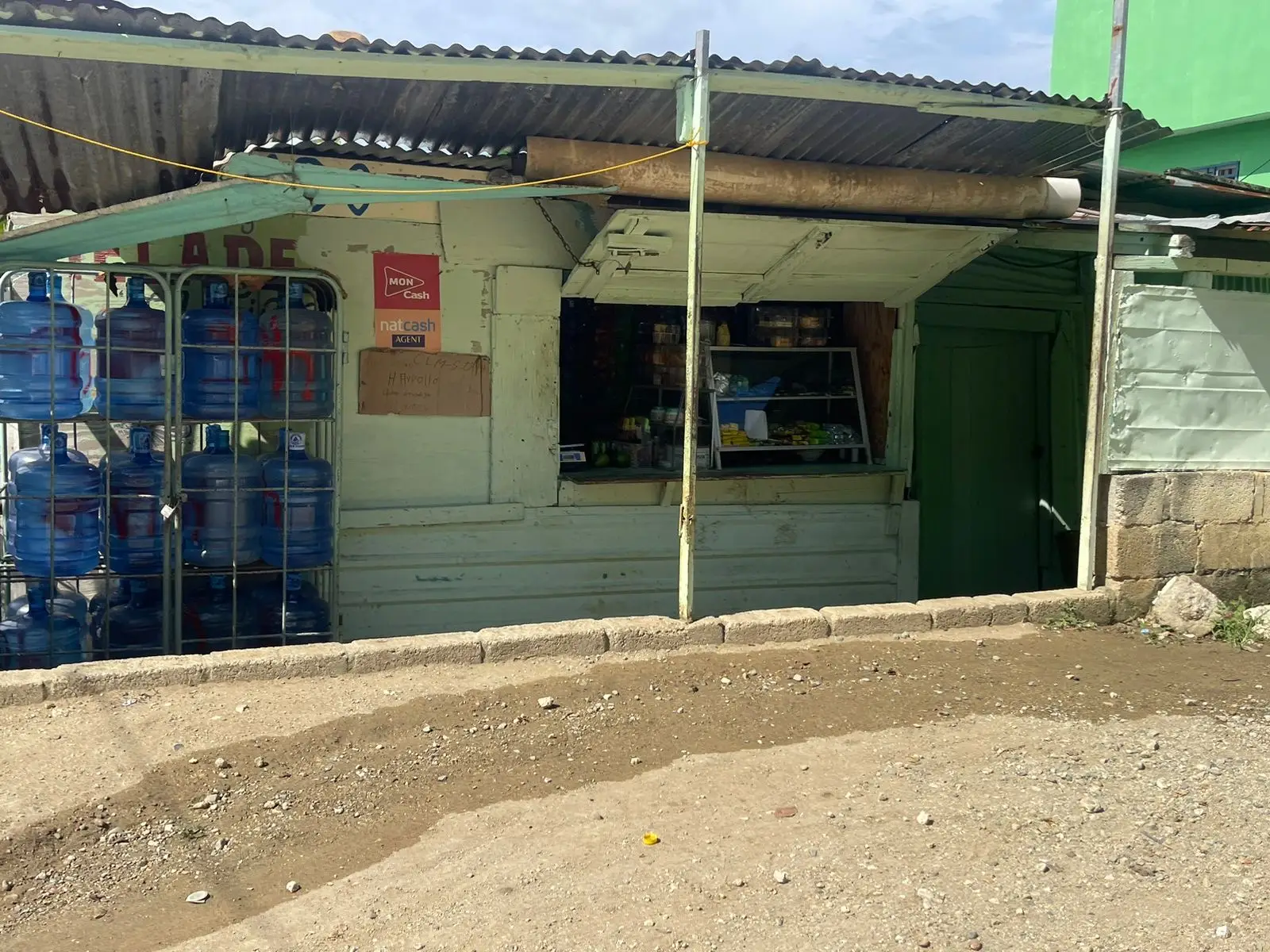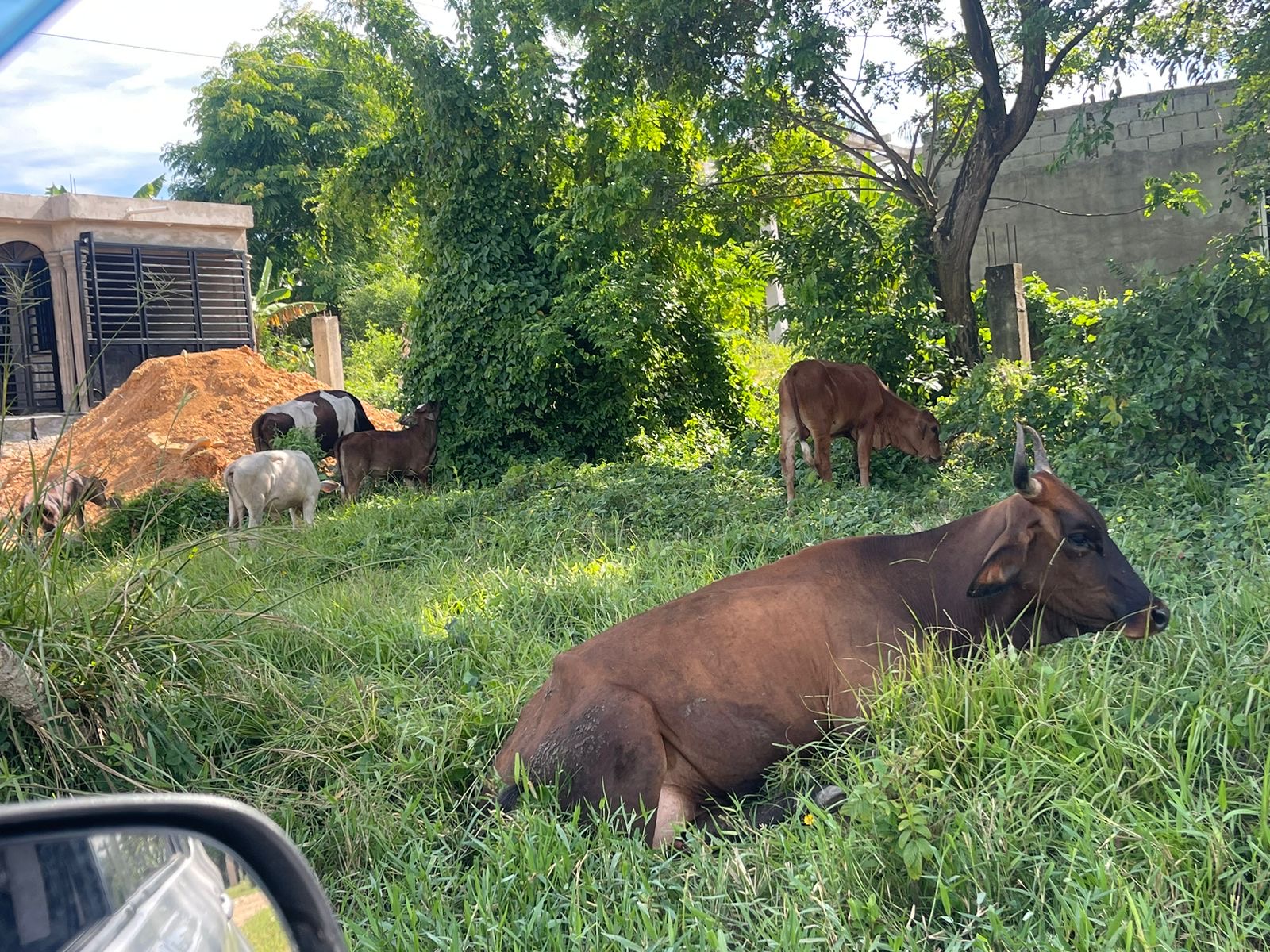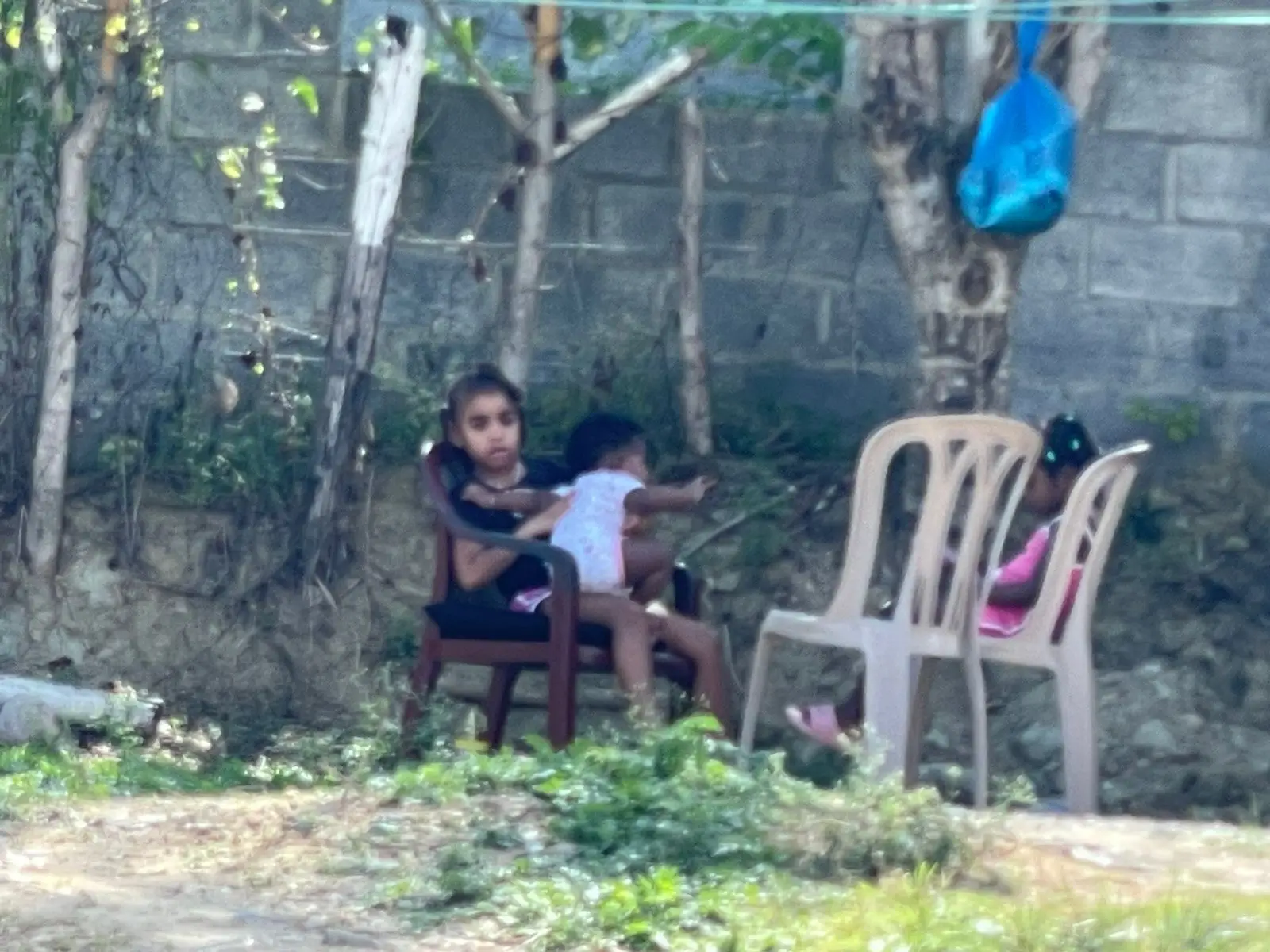
Fostering Growth and Opportunity
At Corazones Libres, we uplift children in low-income communities through nutritious meals and educational support, fostering growth and unity.
Current State of Food Insecurity in the Dominican Republic
As of early 2025, food insecurity remains a pressing issue in the Dominican Republic, where approximately 8% of the population is classified as experiencing severe food insecurity. This alarming figure is indicative of deeper systemic problems affecting the country’s vulnerable communities. The provinces of Elías Piña, Bahoruco, Pedernales, and Independencia are among the most adversely impacted areas, suffering from heightened levels of food deprivation that necessitate urgent intervention.
The roots of food insecurity in the Dominican Republic can be traced to various factors, with rural poverty as a primary driver. Many households in rural provinces live below the national poverty line, making it increasingly difficult for families to access sufficient and nutritious food. Additionally, these regions are particularly susceptible to the impacts of natural disasters, such as hurricanes and droughts, which can devastate local agriculture and exacerbate existing food shortages. Climate change also poses significant risks to farmers, further compounding the challenges faced by those who depend on agriculture for their livelihoods.
In comparison to regional statistics, the Dominican Republic exhibits a troubling food insecurity trend when aligned with Latin American averages. Many countries in the region have made strides toward alleviating hunger, yet the Dominican Republic continues to grapple with issues that hinder progress. Although there have been efforts to implement food assistance programs and promote sustainable agricultural practices, the complexity of the problem and the interplay of economic vulnerabilities necessitate directed strategies to effectively combat food insecurity.
In conclusion, understanding the current state of food insecurity in the Dominican Republic is essential to addressing these challenges. As the situation develops, concerted efforts from government, local organizations, and international partners will be critical in creating solutions that ensure food security and a stable future for affected populations.
Educational Disparities in the Dominican Republic
The education landscape in the Dominican Republic is marked by significant disparities, primarily influenced by socioeconomic factors and geographic location. Approximately 89% of children are enrolled in primary schools, which reflects a commendable effort towards increasing access to basic education. However, this figure sharply declines at the secondary level, where enrollment rates plummet to about 50%. The stark contrast highlights a troubling trend in educational continuity, particularly affecting students in less developed provinces.
In regions with the lowest Human Development Index, the challenges become even more pronounced. For instance, provinces such as Elías Piña and Independencia exhibit secondary school enrollment rates that are considerably lower than the national average, often falling below 30%. These figures underscore the significant barriers faced by students in accessing quality education, including inadequate school infrastructure, a lack of qualified teachers, and insufficient learning materials.
Factors such as overcrowded classrooms exacerbate the problem, leading to an environment that is not conducive to learning. In urban areas, while the infrastructure may seem better, the quality of education remains inconsistent due to high demand and limited resources. Many schools struggle with overcrowding, which affects the teacher-to-student ratio and diminishes the quality of education. This situation is further complicated by economic factors; families that face extreme food insecurity often prioritize immediate survival over educational aspirations, leading children to drop out of school in search of work.
These educational disparities not only affect individual students but also have long-term implications for societal development. Ensuring equitable access to education is vital for fostering a generation that can contribute positively to the country’s social and economic landscape. As such, governmental and non-governmental organizations must address these systemic issues to promote educational equity in the Dominican Republic.
The Connection Between Food Insecurity and Educational Attainment
In the Dominican Republic, food insecurity significantly impairs educational outcomes, creating a troubling cycle that entraps individuals and communities in poverty. Children who lack adequate nutrition are at a distinct disadvantage when it comes to their academic performance. Malnourishment can lead to cognitive delays and hindered development, which in turn affects their ability to focus, learn, and retain information in school. Studies have consistently shown that students suffering from food insecurity experience lower grades and higher absenteeism, which ultimately leads to higher dropout rates.
The impact of food insecurity is further compounded by the overcrowded public school system in the Dominican Republic. Many schools operate beyond their capacity, leading to inadequate teaching resources and a challenging learning environment. When coupled with the effects of malnutrition, the educational challenges faced by food-insecure children become even more pronounced. These conditions create barriers to academic success, limiting the potential of students who already face difficulties at home due to inadequate access to nutritious meals.
Additionally, the connection between food insecurity and educational challenges has long-term implications for future opportunities. Students who struggle in school due to hunger are less likely to pursue higher education or vocational training, leading to a lack of employable skills. This cycle perpetuates a dependence on low-wage jobs, reinforcing the socio-economic disparities within communities. As food insecurity continues to plague families, the education system struggles to provide students with the tools and knowledge necessary for upward mobility.
In summary, addressing food insecurity is imperative not only for improving educational attainment but also for breaking the cycles of poverty that afflict many in the Dominican Republic. By ensuring children have access to adequate nutrition, we can foster a more conducive learning environment that empowers them to succeed academically and, ultimately, in life.
Pathways to Change: Addressing Food Insecurity and Education Challenges
To create meaningful change in the intertwined issues of food insecurity and education challenges in the Dominican Republic, it is essential to adopt a multifaceted strategy. This involves robust policy recommendations, community initiatives, and active participation from both governmental and non-governmental organizations. Addressing food insecurity is critical, as it directly impacts children’s ability to learn and succeed academically.
Policy reforms should focus on improving access to nutritious food, particularly for vulnerable populations. Initiatives such as subsidizing healthy food options and supporting local farmers can foster food security while enhancing the local economy. Furthermore, introducing educational programs about nutrition in schools can equip children and families with the knowledge to make informed dietary choices, thereby addressing the issue of malnutrition.
Additionally, community-based initiatives play a vital role in tackling these challenges. Establishing community gardens, food banks, and local food co-operatives can empower communities to take charge of their food systems and ensure that all individuals have access to fresh produce. Collaborative efforts among schools, businesses, and local organizations can also provide after-school programs that combine educational support with meals, ensuring that children do not have to choose between education and nourishment.
The role of governmental and non-governmental organizations is crucial in this framework. These bodies can advocate for systemic changes, allocate funding for food and education programs, and establish partnerships with local entities to amplify their impact. They can also research to better understand the root causes of food insecurity and educational challenges, ensuring that interventions are evidence-based and culturally appropriate.
In conclusion, by integrating policy reforms, community engagement, and collaborative initiatives, stakeholders can effectively address food insecurity and education challenges in the Dominican Republic. A holistic approach will not only support immediate needs but also lay the foundation for long-term social mobility, thereby breaking the cycle of poverty. The commitment to fostering a healthier, more educated society is indispensable for sustainable development in the region.
Uniting for a Brighter Future
Corazones Libres uplifts children through food and education in the Dominican Republic.






Transforming Lives Through Collective Action
Join us in uplifting children through food assistance and educational support in the Dominican Republic. Your help matters!
